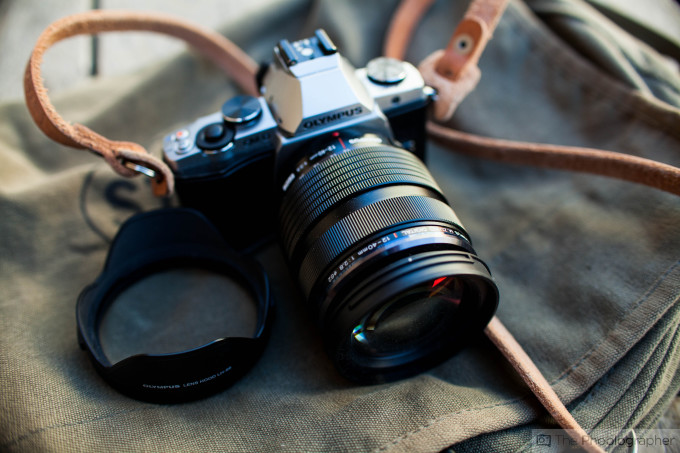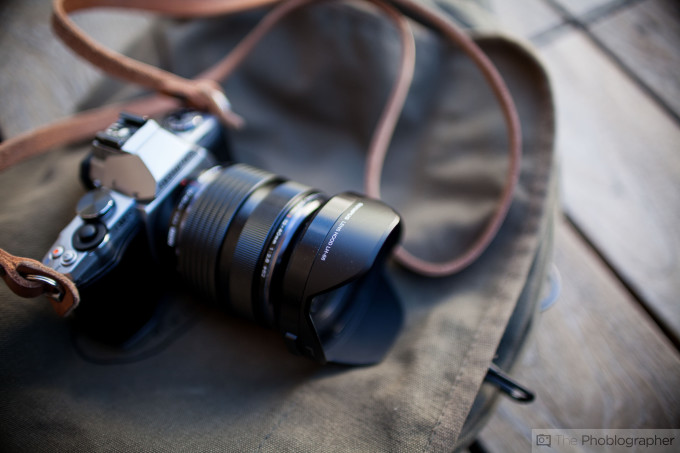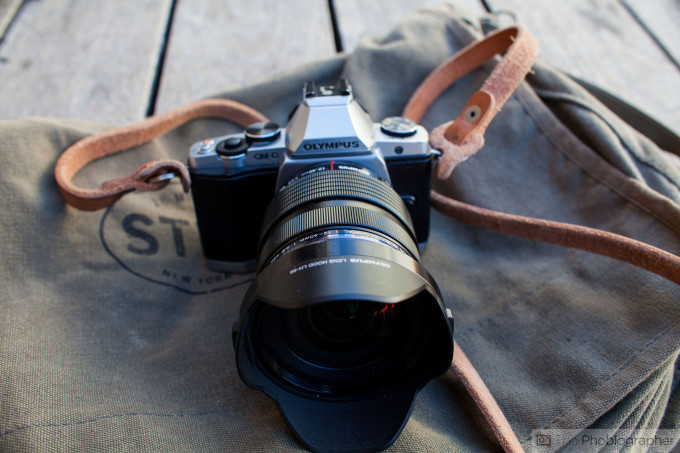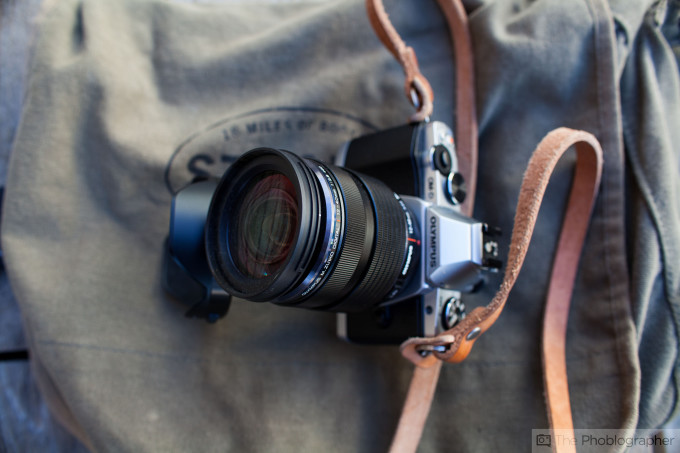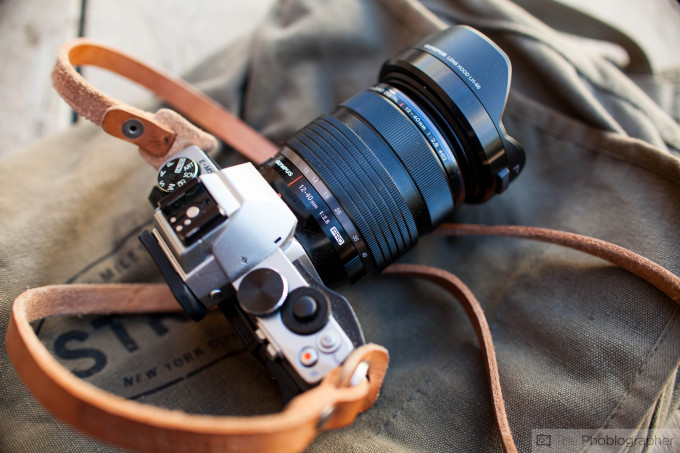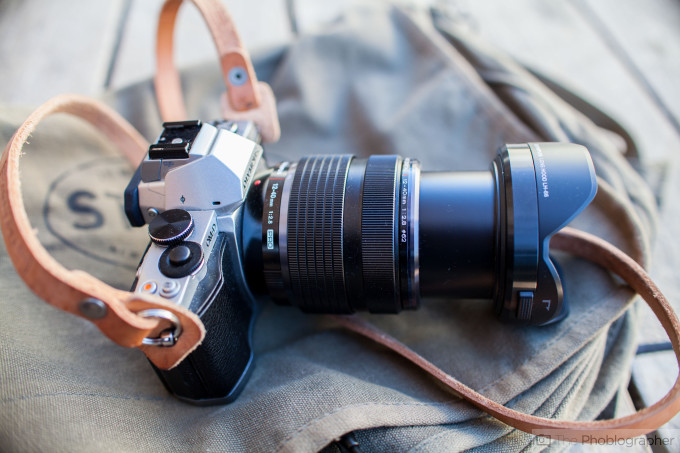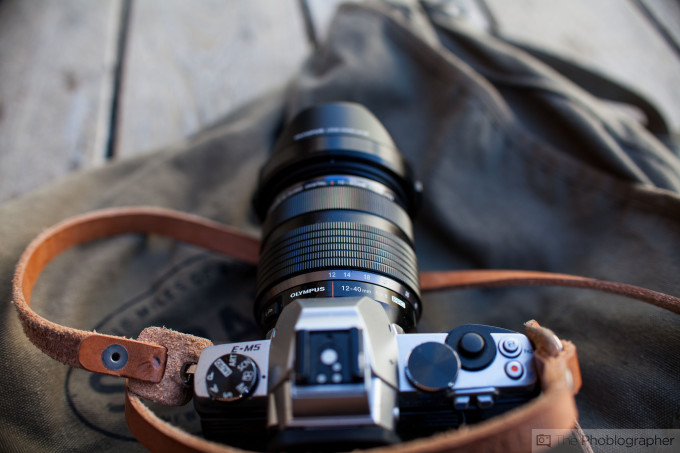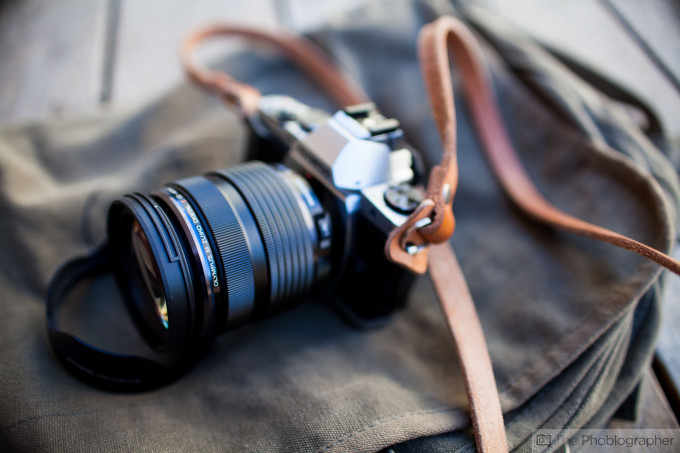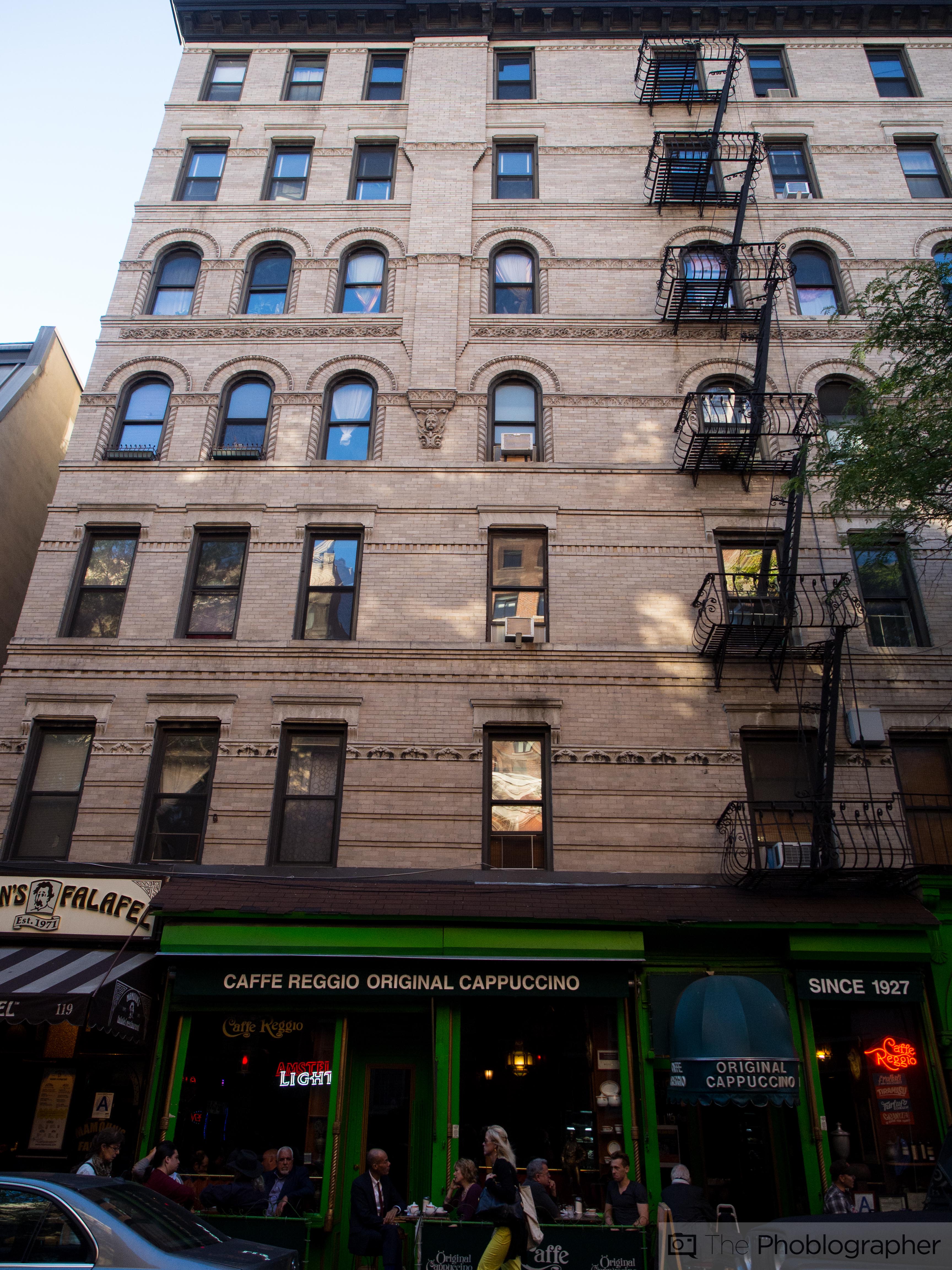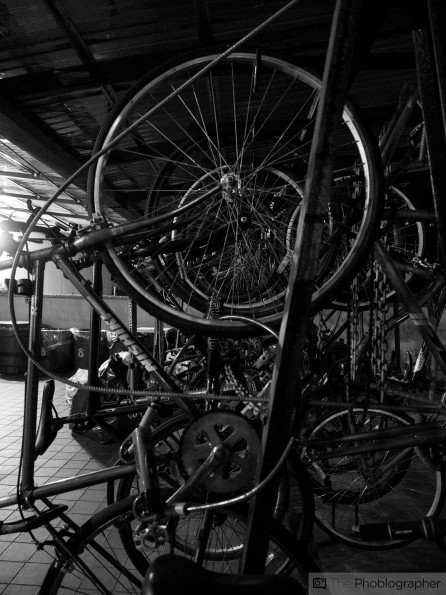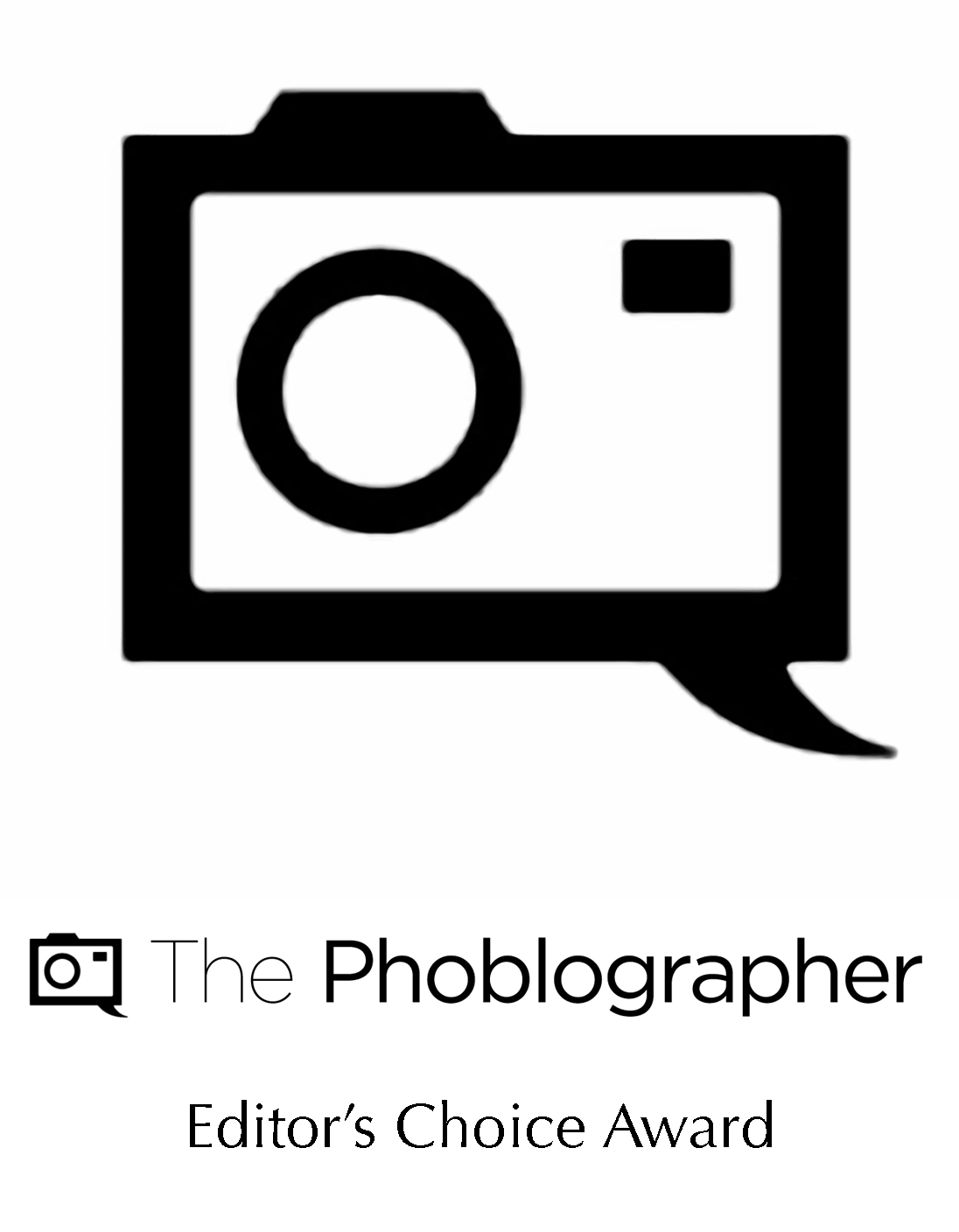Last Updated on 02/10/2021 by Mark Beckenbach
When we first heard about Olympus’s 12-40mm f2.8, we had some high hopes as the reps told us that the lens is really made of metal and has a very solid build quality. Then we saw it, and were quite impressed. We expressed a lot of interest in the lens and so we asked Olympus for an evaluation copy.
As a Micro Four Thirds user for years, I’ve always been very privy to the standard’s small primes. These lenses truly embrace the smaller form factor that mirrorless cameras were supposed to establish to begin with. But this is the first zoom lens that I ended up really, really liking. The Olympus 12-40mm f2.8 has lived up to and in some ways exceeded my expectations. And if you can justify the price tag to yourself, we recommend that you spring for it immediately.
Pros and Cons
Pros
- The best build Micro Four Thirds zoom lens we’ve ever held
- Fast focusing
- Snap back focusing ring for manual focusing
- Excellent color rendition
- Super sharp
- Extremely versatile zoom range
- Weather Sealing
Cons
- Expensive
Gear Used
We tested the 12-40mm f2.8 with the Olympus OMD EM1 and the OMD EM5 cameras along with PocketWizard Plus III triggers and a Paul C Buff Einstein E640.
Tech Specs
Specs taken from the B&H Photo listing of the lens.
| Features | |
|---|---|
| Autofocus | Yes |
| Physical | |
|---|---|
| Filter Thread | Front: 62 mm |
| Dimensions (DxL) | Approx. 2.75 x 3.31″ (69.9 x 84 mm) |
| Weight | 13.47 oz (382 g) |
Ergonomics
When you look at it, you’ll notice that the Olympus 12-40mm f2.8 has a bit of extra flair to it. Granted, the lens is all black, but that flair has to do with its focusing and zooming ring. They’re quite textured–and that much gripping power isn’t something that you see all the time in the photo world. Perhaps this was for folks who use gloves in cold weather or with water falling on the lens.
As it is, the lens isn’t extremely large and when the lens hood is attached, it isn’t much larger. Still, you’ll surely want it to help protect the front element of the lens.
The lens is devoid of any sort of direct control buttons. Making up most of the layout is the zoom ring in the back and the focusing ring in the front. This front ring pulls back into manual focus mode.
This lens is an external zooming lens–meaning that it extends. It doesn’t extend out all that much though–and even better is that the front element doesn’t move when it focuses.
The 12-40mm f2.8 has weather sealing built into it which means that it will pair nicely with the company’s OMD cameras.
Build Quality
There is absolutely no reason to buy a lens this expensive and complain about its build. The build quality of this lens is stellar, solid, and exquisite. When you hold it, you’ll know that it was meant to do some serious work.
We took it out in the rain once, and it never seemed to malfunction.
Ease of Use
As with nearly any other lens out there, all you need to do is mount it to your camera, set the camera to the focus in mode you want, point, shoot, and enjoy. But if you prefer manually focusing for video or street photography we recommend snapping back the focusing ring and using the zone focusing system.
However, one flaw (if you can really call it that) is that the lens doesn’t have a working depth of field scale. To date though, I haven’t seen one on a photographic zoom lens–though there are some on cinema lenses.
Autofocus
When we posted our first samples with the lens, a lot of them were out of focus. However, we have to be honest and state that we weren’t using exact focusing points and the first impressions were done in extremely low light. That lighting is never ideal for tests.
If the user chooses an exact focusing point, they’ll find that the focusing will perform the fastest and most accurately. When the camera is told to choose the focusing point/area, it may not always be accurate or in focus.
The lens performed extremely fast on both the OMD EM1 and EM5–and we saw no major differences in performance speed out on the streets of NYC. Event photographers and journalists will be delighted to hear this as it will mean that the lens will be able to keep up with their working pace.
Image Quality
Overall image quality of the 12-40mm f2.8 is amongst the best that we’ve ever seen not only amongst Micro Four Thirds lenses, but really amongst lenses out there to begin with. Not only does it render excellent bokeh, wonderful colors, and out of this world sharpness, but it is also very good at controlling post problems that plague other lenses of this type.
One of the sayings of the mirrorless camera industry is that even though all of the other players in the camera world have larger sensors, they can’t touch the Micro Four Thirds lineup of lenses. With the release of this lens, that statement is true more than ever. The photo to the left was shot at f2.8 with natural light on the older Olympus OMD EM5 with a smidgen of Lightroom editing for color and only two points of clarity added. The results are still positively wonderful. My roommate, who is a videographer and Micro Four Thirds user, exclaimed some profanities when he saw just how sharp the lens was.
Indeed, this lens doesn’t only boast some excellent sharpness, it also has some extremely healthy color rendering (especially with skin tones), great bokeh when you can get it, and an overall quality that will make you want to never take this lens off of your camera.
Admittedly though, we really wish that the lens was a bit faster in aperture though. An f1.8 or f2 lens would probably make me never look at a larger sensor camera ever again.
Bokeh
In order to get any bokeh with this lens, you’ll need to shoot wide open and up close at the wider end or wide open and zoomed in with focusing closely. With that said, the bokeh from this lens is gloriously beautiful, creamy, and some of the best that we’ve seen in the system. Granted, we have to be fair and say that nearly every other prime lens for the system beats this out. However, it is a zoom lens and it is often tough to make constant aperture zooms.
Something that we really wondered about though was why Olympus didn’t choose to go with an F2 zoom like they did with their Four Thirds line. They stated that the design for the range that they wanted didn’t totally make sense.
Color Rendition
The best colors that we’ve seen from a Micro Four Third lens comes from the Voigtlander 17.5mm f0.95. But the Olympus 12-40mm f2.8 takes a major jab at it. While it doesn’t have the Kodak Portra like color rendering that Voigtlander has, this lens instead renders colors as very bright, punchy and saturated. It’s a nice look and still ends up working out great with skin tones.
Sharpness
We were pleasantly surprised by just how sharp this lens is. For starters, you probably don’t want to stop it down beyond f4 or f5.6 because that is where diffraction starts to take place with Micro Four Thirds sensors. Keeping that in mind, that really leaves you with a narrow range of how much you can really stop down: f2.8-f4 is essentially your best bet. The Micro Four Thirds sensors render f2.8 as the equivalent field of view of f5.6 on a full frame camera–and that is where many of those camera and lens combinations tend to reach their peak.
So to really justify this lens’s design, it needed to be super sharp from the start. And indeed, it is. We almost never wanted to stop the lens down but had to many times for practical reasons.
Portrait shooters might want to stop down to f4 or f5.6 max when combining their shooting with studio strobes. Though one can surely blast their subject with more light if they want to or need to, note that the quality won’t be as good as it is wide open or barely stopped down.
Most of the people that we see picking up this lens will be professionals, and we often see them using flash–at least from a speedlight of some sort. They’ll be happy to have the extra fill light as the specular highlights displayed in the image will show some extra sharpness off.
Overall though, one of this lens’s key strengths is its sharpness. And we believe that it is sharper than Panasonic’s 12-35mm f2.8.
Color Fringing
While there is a bit of color fringing, you really need to look for it. Fortunately, we don’t believe that most folks will sit there pouring over images in search of just a little bit of color fringing as it really doesn’t matter to the overall look of the image when it is this well controlled. But even if you spot any of it, it is easily removed with the push of a slider in Adobe Lightroom 5.
Extra Image Samples
Conclusions
When the OMD EM1 launched, we questioned whether or not Olympus would need to go full frame eventually. To be extremely honest, We haven’t been as impressed with a Micro Four Thirds lens since our review of the 75mm f1.8 and the 12mm f2. But those were primes, and our site is especially even tougher on zoom lenses. However, we’ve seen some wonderful ones as of late with the Sigma 18-35mm f1.8, Tamron’s 70-200mm f2.8 VC, and now the Olympus 12-40mm f2.8.
What makes the lens so special is not only its excellent image quality which we can’t mention enough, but the size, build quality, and speed in focusing. The Micro Four Thirds system has lenses that you really never want to stop down and that perform at their peak essentially wide open. Not only is that wonderful for many folks, but it is also part of the technicalities. Never before have folks wanted to do this more than with something along the lines of Leica M glass.
With all this said, we can only give the Olympus 12-40mm f2.8 our highest recommendation–and it is every bit deserving of our Editor’s Choice award for best mirrorless camera zoom lens.
Again though, if you can fork over just under $1,000 for it, then by all means be our guest. You won’t be sorry.
Other images shot with this lens will be displayed during our upcoming Olympus OMD EM1 review. Stay tuned.
Recommended Cameras and Accessories
Panasonic GX7: Panasonic’s only camera with in-body stabilization will be the best paired body for this lens if you’re looking for a compact package with a zoom lens. Granted, it won’t focus as fast as with an Olympus body, but the color rendition and image quality will more than make up for that.
Olympus OMD EM1: Olympus’s current flagship Micro Four Thirds camera is the best choice due to the overall build quality and the fact that it will focus the fastest with the lens of any Micro Four Thirds camera out there.
Olympus OMD EM5: The original OMD camera focuses quick enough with this lens and still renders some excellent image quality with it. You won’t be sorry at all.
If you’re interested, you can purchase the 12-40mm f2.8 from Amazon.
Please Support The Phoblographer
We love to bring you guys the latest and greatest news and gear related stuff. However, we can’t keep doing that unless we have your continued support. If you would like to purchase any of the items mentioned, please do so by clicking our links first and then purchasing the items as we then get a small portion of the sale to help run the website.


